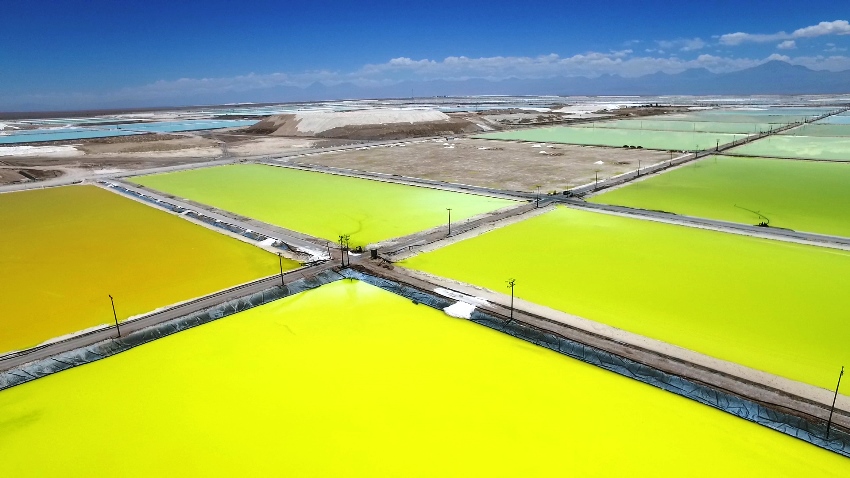SQM plans to choose lithium extraction technology by next year

Chilean miner SQM plans to choose one or more direct lithium extraction (DLE) technologies by next year in order to quickly expand production of the electric vehicle battery metal in the Salar de Atacama, an executive said on Wednesday.
The use of DLE technologies is a core part of SQM’s long-awaited joint venture agreement with state-controlled Codelco, announced last month, as well as President Gabriel Boric’s push to reduce his country’s use of water-wasting evaporation ponds to produce the metal.
Chile is the world’s second-largest lithium producer after Australia, thanks to output from SQM and rival Albemarle, which is planning its own use of DLE in the country.
Boric’s mandate has sparked a frenzy among DLE companies to operate in Chile, which has the world’s largest lithium reserves. But to date, DLE technology has not worked at commercial scale without the use of ponds.
Santiago-based SQM studied more than 70 DLE technologies before picking 12 for pilot testing, with two of those tests happening now, Carlos Diaz, head of SQM’s lithium division, told Reuters on the sidelines of the Fastmarkets Lithium Supply and Battery Raw Materials Conference in Las Vegas.
Given the large size and chemical complexity of the Atacama, SQM is likely to pick several DLE companies as it works to phase in the technologies to boost output to an annual range of 280,000 to 300,000 metric tons of lithium by 2060, up from an estimated 200,000 tons this year, he said.
“We would like to have multiple (DLE) solutions,” said Diaz, an engineer by training who joined SQM in 1996. “It’s difficult to choose one that is going to fit and be suitable for all kinds of different chemicals that can be in different types of brine.”
Aurora Williams, Chile’s mining minister, said in April she had no plans to mandate a specific type of DLE technology for use in the country.
SQM earlier this year tested a DLE technology from France-based Adionics, in which it has an investment.
Key considerations for SQM include DLE’s higher electricity usage than evaporation ponds as well as the large freshwater use of some versions, Diaz said. The company is also concerned about how reinjection of brine after lithium is separated could affect aquifers, he said.
“You have to be very careful with how you affect the environmental equilibrium” of the aquifers, he added.
After the selection, SQM would have to apply for environmental permits with Chilean regulators, a process that could take up to three years, Diaz said.
Elsewhere, SQM has been making international investments into hard rock lithium mining, including into Australia’s Azure Minerals, part of a push that Diaz says aims to broaden the company’s geographic focus.
“We have been exploring different alternatives outside of Chile in order to diversify,” Diaz said. “In order to keep increasing the production of lithium as demand is growing, we need to diversify and look for new resources.”
(By Ernest Scheyder; Editing by Jamie Freed)
More News
{{ commodity.name }}
{{ post.title }}
{{ post.date }}



Comments